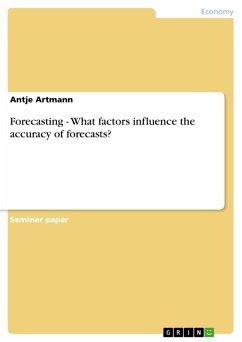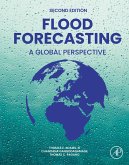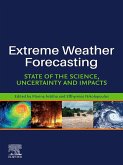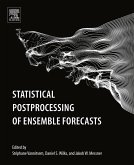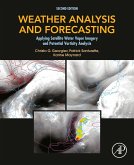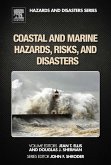Seminar paper from the year 2001 in the subject Business economics - Investment and Finance, grade: 9, Maastricht University (Economics and Sociology Faculty), language: English, abstract: In all aspects of our daily live, we seek to anticipate or forecast events. Especially organizations and companies are engaged in producing and using a full range of different economic forecasts. The widespread usefulness and application of forecasting systems and statistical and econometric modeling techniques has become solidly entrenched. Being aware of this fact, has led to a fundamental need for better quantitative analysis and business planning. Private and public sectors alike have found it both practical and essential to employ more rigorous analytical framework. Accordingly, more sophisticated forecasting techniques to enhance the level of predictability and confidence are required to foresee future events. The need for such forecasts arises because people are taking positions and enter into commitments about the future. Therefore, a need to form a view about the possible future consequences of these positions or commitments exists. Thus, in economic and business life, forecasts are essential, and errors can be very costly. According to those facts, now the question arises: What factors influence the accuracy if forecasts? In the following paper, three different forecasting methods will be explained and evaluated according to their accuracy. There exist diverse techniques of forecasting; those methods may be either formal or intuitive. Nevertheless, as the future is unknown, all forecasting systems rest ultimately on learning from the past. There exist naïve processes extrapolating the past in a simple way. But those will be prone to error when the world changes. More sophisticated methods seek to foresee change by understanding the source of past changes, and therefore incorporate change in the forecast. The standard output from macro models is a central forecast, that is, a prediction of the most likely path for the variables of interest. But these central forecasts are subject to appreciable uncertainty, and this needs to be taken into account in using them. One way to do so is to associate with the central forecasts an estimate of their possible error.
Dieser Download kann aus rechtlichen Gründen nur mit Rechnungsadresse in A, B, BG, CY, CZ, D, DK, EW, E, FIN, F, GR, HR, H, IRL, I, LT, L, LR, M, NL, PL, P, R, S, SLO, SK ausgeliefert werden.

